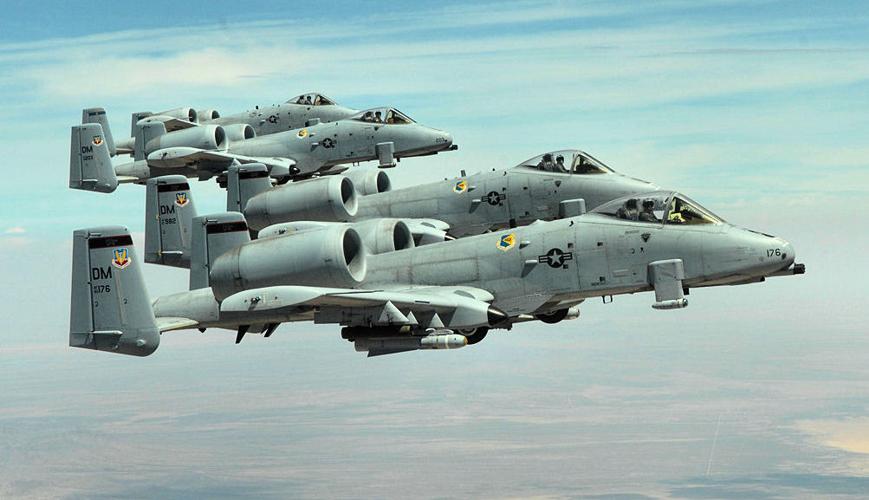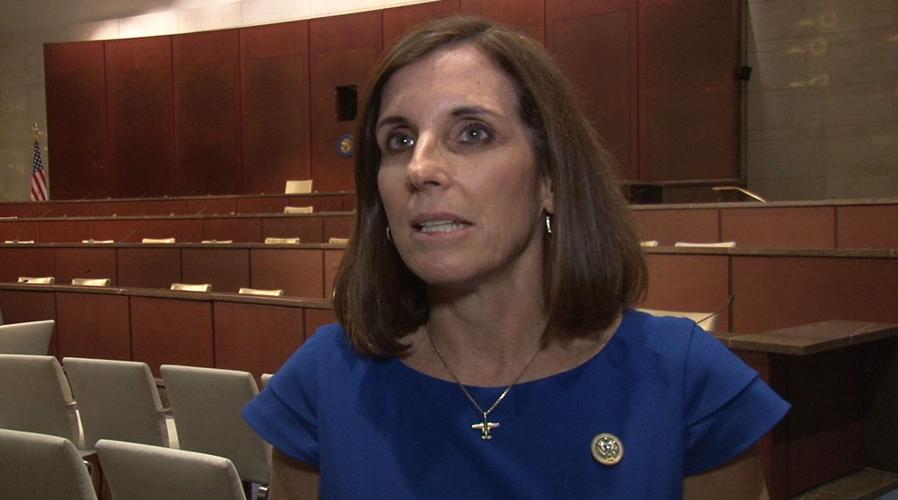The Air Force has again signaled it wants to eliminate three squadrons of A-10 Thunderbolt II jets, permanently grounding the aging aircraft, according to Rep. Martha McSally.
McSally, a former A-10 pilot who represents Congressional District 2, said safety concerns about 110 Thunderbolts that do not have the new, replacement wings, could mean a permanent parking space in the aircraft “boneyard” at Davis-Monthan Air Force Base in Tucson.
It is unclear how grounding three out of the nation’s nine A-10 squadrons would affect D-M’s operations, McSally said.
She asked an Air Force general who appeared before Congress last week and made remarks about the future of some of the A-10s to clarify where the cuts might take place, but McSally said she has not received an answer to her request for more information.
In February, Air Force Chief of Staff Gen. David Goldfein said in Washington, D.C., that the Air Force will keep all A-10s flying through at least 2021. Previous commitments by the Air Force would have seen the gradual phasing out of the aircraft starting in 2018, with plans to retire the entire fleet by 2022.
The venerable A-10, which is known for its toughness and ability to provide close-air support for ground forces, is the main mission at Davis-Monthan.
A total of 173 A-10s out of 283 received new wings as part of a Pentagon-backed program to expand their lifespan, enough for about six squadrons.
McSally said she hopes to secure funding to get new wings for the remaining A-10s, but believes it could take several years to secure the necessary funding while going through the military’s competitive bidding process.
She notes the A-10s are in demand — flying in Iraq and Syria conflict zones and stationed in South Korea as well as deployed in Europe.
“How are you going to maintain something like that with six squadrons?” she asks. “It doesn’t make any sense to me.”
The Tucson Republican says she will continue to push the Air Force to keep the A-10s flying and fully funded until a time when the plane can be tested alongside its would-be successor, the F-35, in a “fly-off” to determine which aircraft is superior at close-air support for ground troops.
She believes such a competition would be several years away at the earliest.





